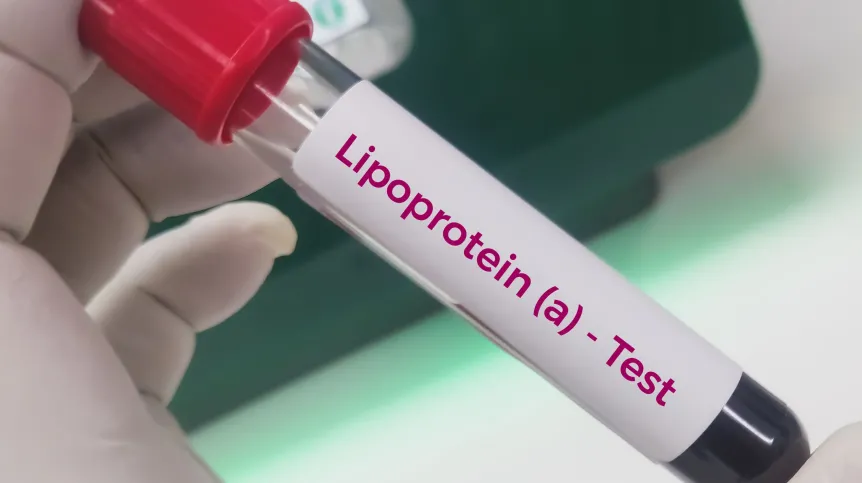
Polish scientists have taken a step towards explaining the mysterious relationship between low lipoprotein (a) circulating in the blood and an increased risk of developing type 2 diabetes. Although numerous observational studies have long suggested the existence of this relationship, no one has previously been able to explain the mechanisms behind it.
'Lipoprotein (a) is a molecule that has been associated with the development of cardiovascular diseases for several decades. Additionally, some time ago, reports based on epidemiological studies began to appear in the scientific literature that its level is significantly lower in people with type 2 diabetes. Researchers from around the world have tried to explain this effect and prove whether there is a causal relationship between these phenomena. So far, however, no one has been able to prove this unequivocally', says Mateusz Lejawa, PhD from the Faculty of Medical Sciences in Zabrze, Silesian Medical University in Katowice, one of the authors of the discovery.
Together with a team of scientists from Poland, Italy and Switzerland, he examined the relationship between genetically predicted insulin concentration and the level of lipoprotein (a) - Lp(a) in the blood. They used the Mendelian Randomization (MR) method. This is a very unpopular statistical method in Poland, used in epidemiological studies to assess causal relationships between exposure (e.g. risk factor) and health outcome (e.g. disease).
'In observational studies, it is difficult to determine whether a given risk factor actually causes the disease, because the results may be distorted by other factors or reverse causality. Randomised clinical trials are the best way to demonstrate causality, but they can be expensive, time-consuming, even unethical', Lejewa explains.
'MR is an alternative because it uses the fact that genetic variants are inherited randomly and independently of each other to assess the causal impact of risk factors on health. This minimises the influence of confounding factors and reduces the risk of reverse causality. If certain genetic variants associated with the level of a given risk factor are also associated with the disease, this provides strong evidence for a causal relationship between them', he adds.
The researchers used a large pool of genetic data and based on it, they compiled a list of genetic variants that were strongly associated with insulin and Lp(a) levels..
They have shown that high insulin levels, or so-called hyperinsulinemia, can lead to reduced Lp(a) levels. This is because insulin, at a biological level, inhibits the expression of the gene encoding apolipoprotein(a), which is a key component of Lp(a). Because less apolipoprotein(a) is produced, this also affects the reduction of Lp(a) synthesis.
'In prediabetes, tissues are less sensitive to this hormone, so it begins to be produced in excess. This means that hyperinsulinemia, which accompanies the development of type 2 diabetes, is at least a partial explanation for this inverse relationship that scientists have long noticed', says the author of the study published in the journal Cardiovascular Diabetology (https://doi.org/10.1186/s12933-024-02389-7).
The Polish discovery is important because for some time some specialists have wondered whether drugs used to lower Lp(a), administered to patients with lipid disorders, can increase the risk of developing diabetes. 'High levels of Lp(a) increase the risk of a number of circulatory system diseases, such as hypertension, heart attack and stroke, which is why doctors usually try to lower them. But they may be concerned about the possible impact of such treatment on the development of diabetes', write the authors of the publication.
However, since it turns out that the causal relationship between these two phenomena occurs on a completely different level, these concerns turn out to be unfounded.
The author of the study also suggests that preventive Lp(a) level testing should become the standard. Meanwhile, it is currently ordered and performed relatively rarely. 'In Poland, this is a very neglected topic. It is worth changing this so that we can determine the risk associated with lipid disorders in our population', he says.
PAP - Science in Poland, Katarzyna Czechowicz (PAP)
kap/ zan/













